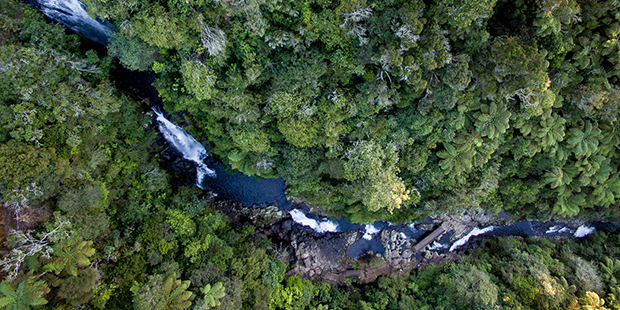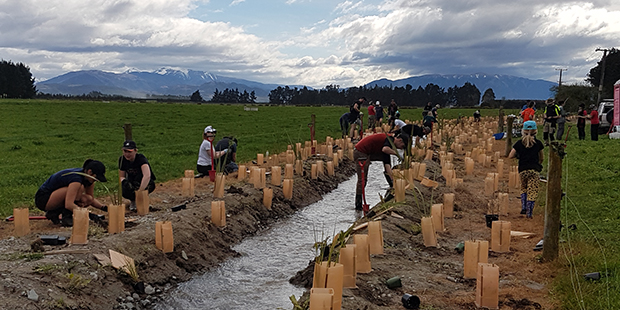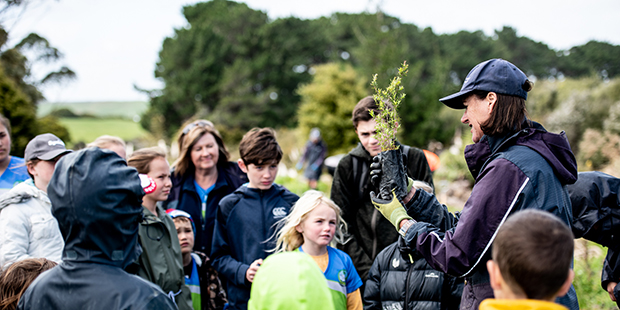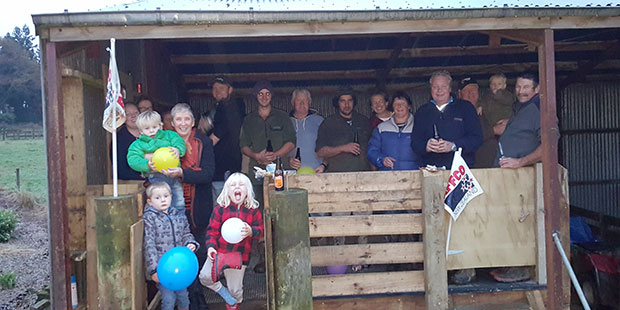Restoring our native trees
Dairy farmers helping turn around depleted native plants scenario with other landowners.
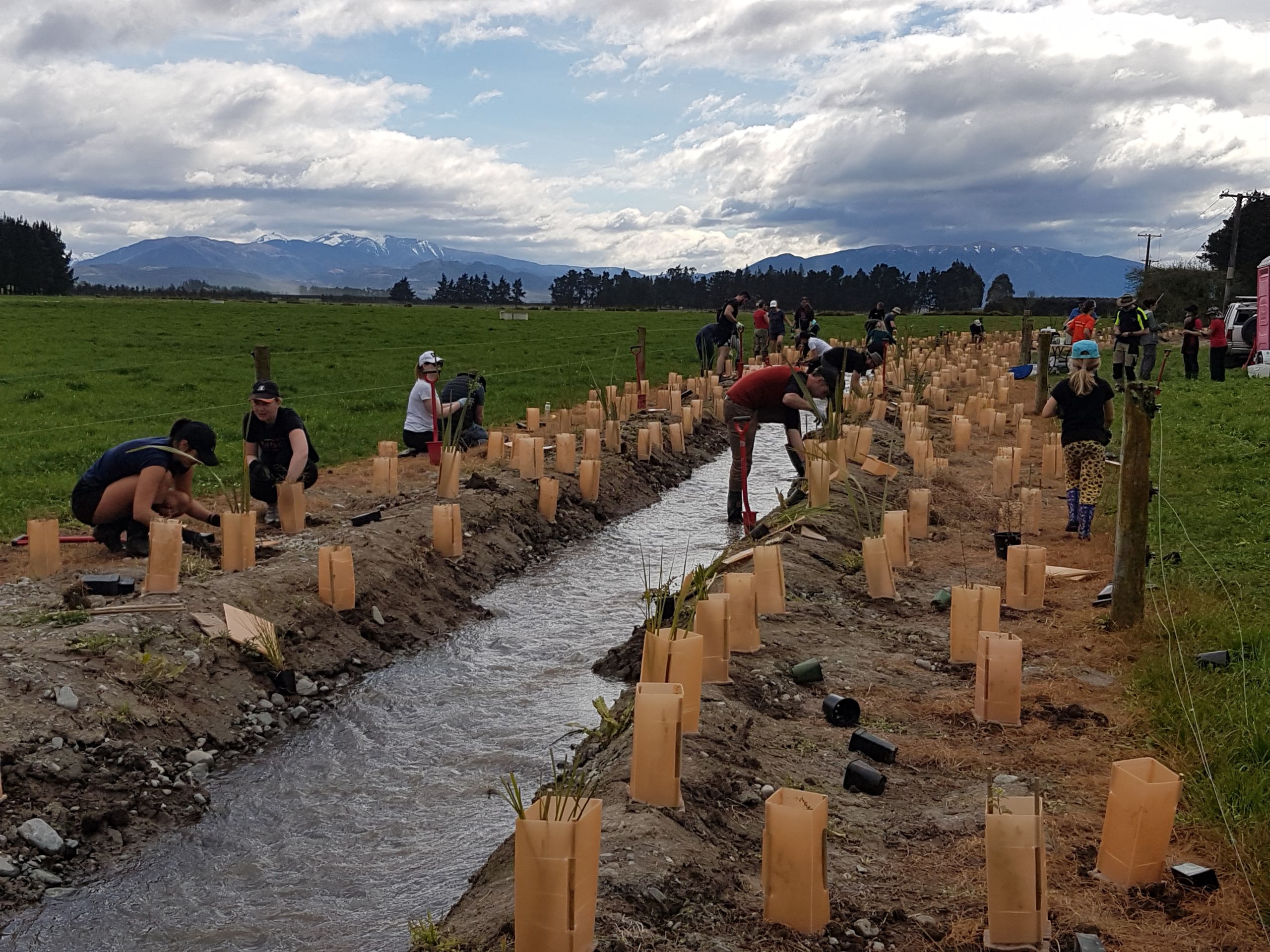

A planting project along an 800m stretch of creek on a central Canterbury dairy farm is being undertaken to help combat a “critical” depletion of the region’s original stands of native trees and plants.
Around 1500 plants have been planted by the creek which runs through paddocks on the 190ha farm in the Sheffield district, operated by Jack van der Salm and his wife Joanne.
The work is coordinated by the Te Ara Kakariki Greenway Canterbury Trust and is one of more than 80 sites - known as greendots - where almost 100,000 native seedlings have so far been planted.
Trust coordinator Letitia Lum says the project started from a base of less than one per cent of original native vegetation remaining on the Canterbury plains: “This is a very poor state to be in as – nationally, I believe – 20 per cent is regarded as critical.”
She says while the greendot programme was established in response, what it has so far achieved (it started 10 years ago) is just a drop in the bucket.
“We are hoping to lift that percentage but it is a huge job and will continue well beyond our lifetimes,” she says. “Although there has been a lot of focus on protecting existing vegetation, not a lot has gone into increasing plant biodiversity.”
Lum says the trust’s mission is to create a corridor of native greendots between the Waimakiriri and Rakaia rivers. So far 97,477 native seedlings have been planted at 84 sites within the Selwyn district, a 6400sqk region in central Canterbury.
She says landowners are increasingly supporting the project and the planting at the van der Salm farm - which includes flax, toetoe and kanuka, kahikatea, totara and lancewood trees - is a good example.
“I’ve always liked trees and birds and see it as a way to help beautify the area,” says van der Salm. “We did similar planting on a farm we (previously) had in Glenavy, so we’ve been doing it for a long time.”
He says an 800m length of the creek cuts across two paddocks at his property, on which he runs a herd of 520 cows. The recent planting is stage one of the project; stages two and three are planned for later this year and 2021.
The work is aimed at not only restoring native vegetation and attracting more bird and insect life but improving the creek’s ecosystem by cooling the water temperature through increasing shade as the trees grow.
Before the planting was undertaken the van de Salms organised for the creek bank to be built up to help reduce sediment and run-off getting into the water as well as reducing the likelihood of flooding onto farmland.
Lum says all the plants added to the farm are natives naturally occurring in the area and are sourced from local nurseries. Around 70 volunteers took part in the van der Salm planting including staff from Landcare Research, Antarctica New Zealand, the Institute of Environmental Science and Research (ESR), Aqualinc Research and MyMilk.
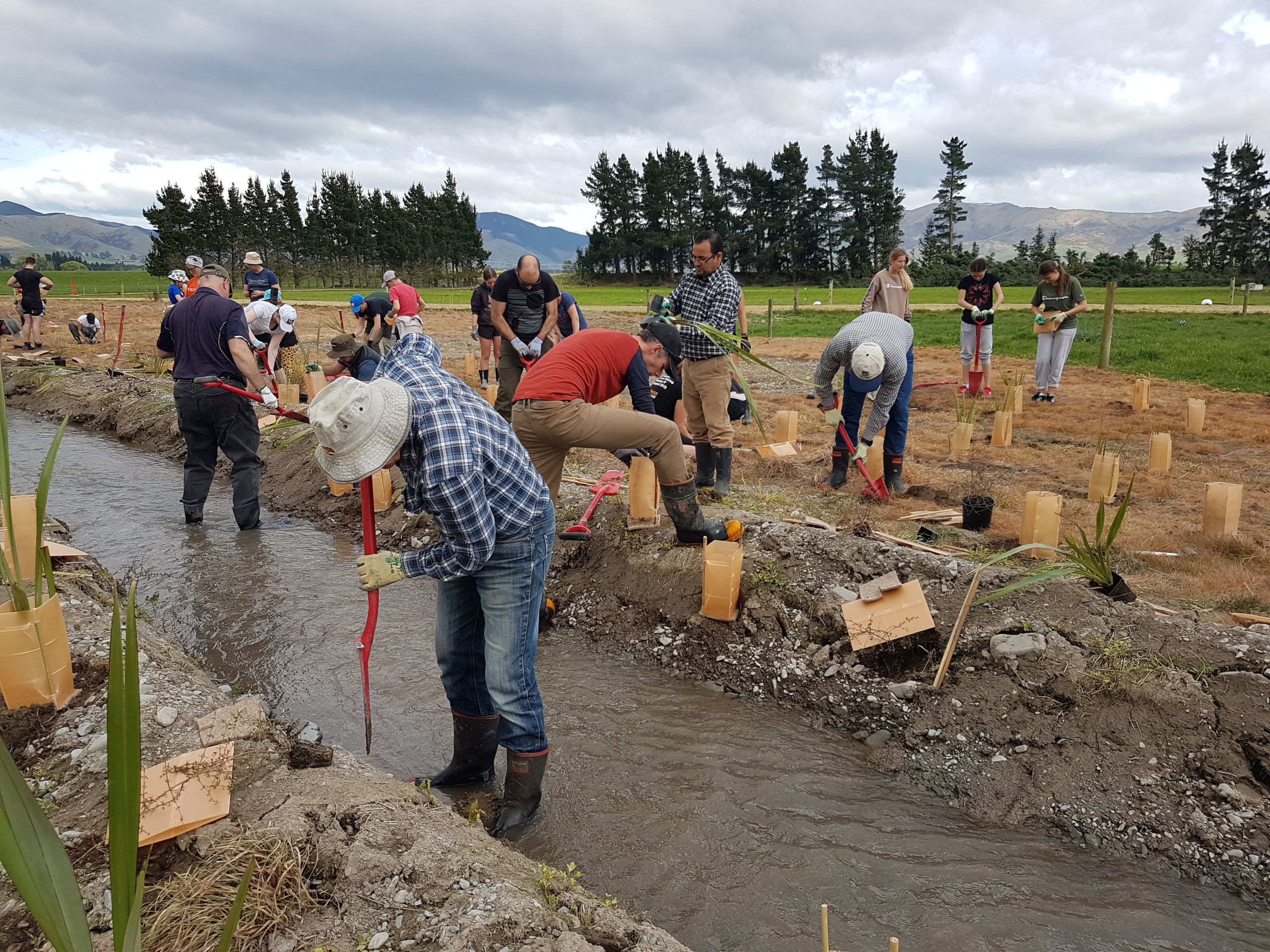
Planting along a creek on the dairy farm in Sheffield run by Jack van der Salm. Picture / Supplied
Planting along a creek on the dairy farm in Sheffield run by Jack van der Salm. Picture / Supplied
It also has the support of DairyNZ which encourages farmers to undertake riparian planting to help reduce nutrients in waterways, support biodiversity and improve fish habitat.
Lum says landowners wanting to create a greendot can apply to the trust for assistance – including development of a site plan, organising volunteers for planting and a small financial contribution. The number of applications is increasing - rising from 11 in 2016 to 35 last year - and trustees meet every six weeks to make decisions on these. About half the greendot sites are on farms, the rest mainly on lifestyle blocks.
The trust also works with local schools running educational planting days on school grounds, reserves and local waterways. Known as the Kids Discovery Plantout Programme (and run in collaboration with Enviroschools) last year it involved 14 schools with over 1300 students planting 5479 eco-sourced seedlings.
Every autumn groups of students return to monitor the sites, calculate plant survival and gauge whether water quality and bird and invertebrate presence has changed.


